Health Topics
Normal Function
The KIF1B gene provides instructions for making a protein called kinesin family member 1B, part of the kinesin family of proteins. These proteins are essential for the transport of materials within cells. Kinesin proteins function like freight trains that transport cargo, and their structure is suited for this cargo-carrying function. One part of the protein, called the motor domain, provides the power to move the protein and its cargo along a track-like system made from structures called microtubules. Another part of the kinesin protein, which varies among members of this protein family, binds to specific materials for transport.
Research suggests that the kinesin family member 1B protein specializes in carrying two types of cargo. In nerve cells (neurons), this protein transports small, sac-like structures called synaptic vesicles, which contain materials necessary for the transmission of nerve impulses. In other cell types, the kinesin family member 1B protein carries energy-producing structures called mitochondria.
In addition to its transport functions, the kinesin family member 1B protein appears to be involved in programmed cell death (apoptosis). Apoptosis is a common process throughout life that helps the body get rid of cells it does not need.
Health Conditions Related to Genetic Changes
Neuroblastoma
Deletion of a region of chromosome 1 containing the KIF1B gene, designated 1p36, has been identified in some people with neuroblastoma, a type of cancerous tumor composed of immature nerve cells (neuroblasts). 1p36 deletions are somatic mutations, which means they occur during a person's lifetime and are present only in the cells that become cancerous. In addition, several inherited KIF1B gene mutations have been identified in families with a history of neuroblastoma. These mutations change single protein building blocks (amino acids) in the kinesin family member 1B protein. Studies suggest that deletion or mutation of the KIF1B gene may disrupt apoptosis, allowing cells to grow and divide too quickly or in an uncontrolled way. This kind of unregulated cell growth can lead to the formation of tumors.
More About This Health ConditionNonsyndromic paraganglioma
KIF1B gene mutations have been reported in individuals with a type of paraganglioma called pheochromocytoma. Paragangliomas are noncancerous (benign) tumors of the nervous system. Pheochromocytomas specifically affect the adrenal glands, which are small hormone-producing glands located on top of each kidney. These tumors often cause no symptoms, but in some cases they can produce an excess of hormones that cause dangerously high blood pressure. KIF1B gene mutations are associated with nonsyndromic pheochromocytoma, which means the tumors occur without additional features of an inherited syndrome.
The KIF1B gene mutations identified in nonsyndromic pheochromocytoma change single amino acids in the kinesin family member 1B protein. Studies suggest that the mutations may disrupt apoptosis, allowing cells to grow and divide too quickly or in an uncontrolled way and potentially leading to tumor formation.
More About This Health ConditionCharcot-Marie-Tooth disease
MedlinePlus Genetics provides information about Charcot-Marie-Tooth disease
More About This Health ConditionOther Names for This Gene
- CMT2
- CMT2A
- HMSNII
- KIAA0591
- KIAA1488
- KIF1B_HUMAN
- KLP
Additional Information & Resources
Tests Listed in the Genetic Testing Registry
Scientific Articles on PubMed
Catalog of Genes and Diseases from OMIM
References
- Berger P, Young P, Suter U. Molecular cell biology of Charcot-Marie-Tooth disease. Neurogenetics. 2002 Mar;4(1):1-15. doi: 10.1007/s10048-002-0130-z. Citation on PubMed
- Galan SR, Kann PH. Genetics and molecular pathogenesis of pheochromocytoma and paraganglioma. Clin Endocrinol (Oxf). 2013 Feb;78(2):165-75. doi: 10.1111/cen.12071. Citation on PubMed
- Henrich KO, Schwab M, Westermann F. 1p36 tumor suppression--a matter of dosage? Cancer Res. 2012 Dec 1;72(23):6079-88. doi: 10.1158/0008-5472.CAN-12-2230. Epub 2012 Nov 20. Citation on PubMed
- Munirajan AK, Ando K, Mukai A, Takahashi M, Suenaga Y, Ohira M, Koda T, Hirota T, Ozaki T, Nakagawara A. KIF1Bbeta functions as a haploinsufficient tumor suppressor gene mapped to chromosome 1p36.2 by inducing apoptotic cell death. J Biol Chem. 2008 Sep 5;283(36):24426-34. doi: 10.1074/jbc.M802316200. Epub 2008 Jul 9. Citation on PubMed or Free article on PubMed Central
- Niemann A, Berger P, Suter U. Pathomechanisms of mutant proteins in Charcot-Marie-Tooth disease. Neuromolecular Med. 2006;8(1-2):217-42. doi: 10.1385/nmm:8:1-2:217. Citation on PubMed
- Qin Y, Buddavarapu K, Dahia PL. Pheochromocytomas: from genetic diversity to new paradigms. Horm Metab Res. 2009 Sep;41(9):664-71. doi: 10.1055/s-0029-1215590. Epub 2009 Apr 23. Citation on PubMed
- Schlisio S, Kenchappa RS, Vredeveld LC, George RE, Stewart R, Greulich H, Shahriari K, Nguyen NV, Pigny P, Dahia PL, Pomeroy SL, Maris JM, Look AT, Meyerson M, Peeper DS, Carter BD, Kaelin WG Jr. The kinesin KIF1Bbeta acts downstream from EglN3 to induce apoptosis and is a potential 1p36 tumor suppressor. Genes Dev. 2008 Apr 1;22(7):884-93. doi: 10.1101/gad.1648608. Epub 2008 Mar 11. Citation on PubMed or Free article on PubMed Central
- Yeh IT, Lenci RE, Qin Y, Buddavarapu K, Ligon AH, Leteurtre E, Do Cao C, Cardot-Bauters C, Pigny P, Dahia PL. A germline mutation of the KIF1B beta gene on 1p36 in a family with neural and nonneural tumors. Hum Genet. 2008 Oct;124(3):279-85. doi: 10.1007/s00439-008-0553-1. Epub 2008 Aug 26. Citation on PubMed
- Zhao C, Takita J, Tanaka Y, Setou M, Nakagawa T, Takeda S, Yang HW, Terada S, Nakata T, Takei Y, Saito M, Tsuji S, Hayashi Y, Hirokawa N. Charcot-Marie-Tooth disease type 2A caused by mutation in a microtubule motor KIF1Bbeta. Cell. 2001 Jun 1;105(5):587-97. doi: 10.1016/s0092-8674(01)00363-4. Citation on PubMed
The information on this site should not be used as a substitute for professional medical care or advice. Contact a health care provider if you have questions about your health.



